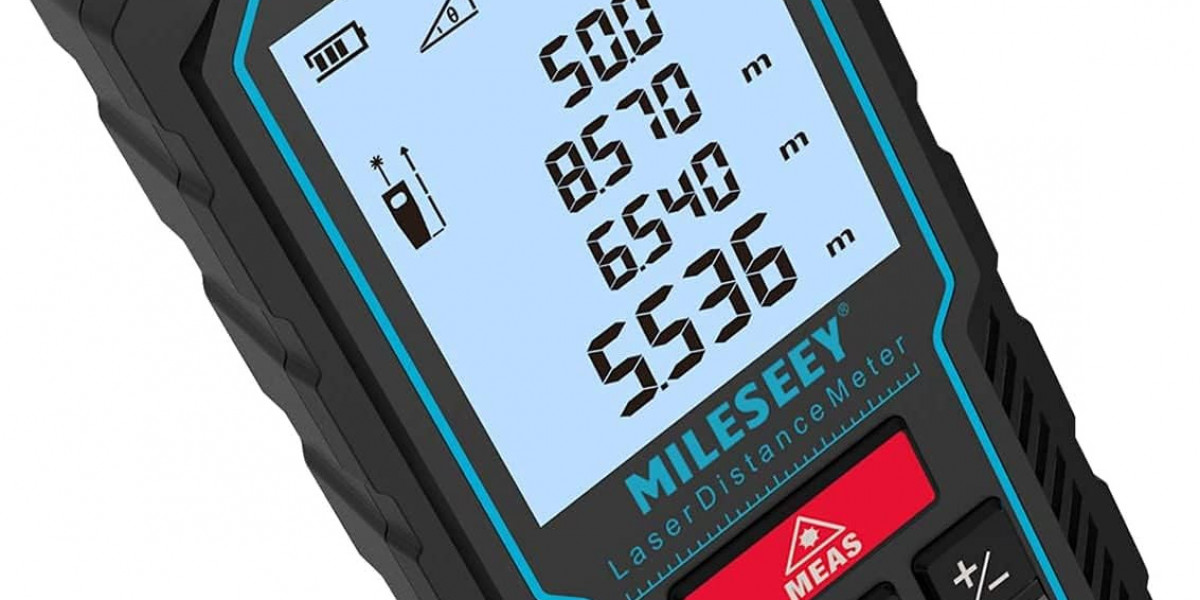Laser marking is a modern technology that uses a focused beam of light to create permanent marks on the surface of materials. Unlike traditional marking techniques such as ink printing, stamping, or labeling, laser marking is clean, precise, and highly durable. It has quickly become a preferred method for product identification, branding, and traceability across industries like automotive, aerospace, electronics, medical devices, and consumer goods.
At its core, laser marking works by altering the surface of a material using controlled laser energy. Depending on the method and material, the laser may cause discoloration, surface removal, or micro-level engraving. Unlike cutting, which goes deep into the material, marking is typically a surface-level process designed to add text, logos, barcodes, serial numbers, QR codes, or decorative designs. The process is guided by computer software, ensuring high precision and repeatability.
One of the main reasons why laser marking is popular is its permanence and durability. Marks created by a laser are resistant to wear, fading, chemicals, and heat. This makes them ideal for environments where parts are exposed to extreme conditions, such as in automotive engines, aerospace components, or medical instruments. Unlike stickers or ink-based markings, laser marks remain visible and legible throughout the product’s lifespan.
Another important advantage is precision and flexibility. Laser beams can create extremely fine details, making it possible to mark very small components, microchips, or jewelry with sharp clarity. Since the process is digitally controlled, businesses can easily switch between designs, serial numbers, or barcodes without changing tools or setups. This makes laser marking highly efficient for both large-scale manufacturing and small-batch customization.
Laser marking is also an eco-friendly solution compared to traditional methods. It does not use inks, chemicals, or consumables, which reduces environmental waste and lowers long-term costs. The non-contact nature of the process also ensures that there is no physical stress or damage to the material being marked. This is particularly beneficial when dealing with delicate components such as medical devices, electronics, or thin sheets of metal.
The applications of laser marking are vast and cover a wide range of industries:
Automotive: For marking VIN numbers, engine parts, and safety components.
Electronics: For labeling circuit boards, microchips, and connectors with precise codes.
Medical: For permanent identification of surgical instruments and implants to meet traceability standards.
Jewelry and fashion: For engraving custom logos, patterns, and personal messages.
Packaging and consumer goods: For marking expiration dates, batch codes, and brand logos directly onto products.
There are also different types of laser marking techniques, such as annealing, engraving, etching, foaming, and carbonization, each designed for specific materials and applications. For example, annealing is widely used for stainless steel to create a color change, while foaming works well on plastics to create high-contrast markings.
In conclusion, laser marking has transformed the way industries handle product identification and branding. Its precision, durability, eco-friendliness, and versatility make it a superior choice over traditional methods. By adopting laser marking, businesses not only enhance product quality and compliance but also reduce costs and improve efficiency in the long run.














